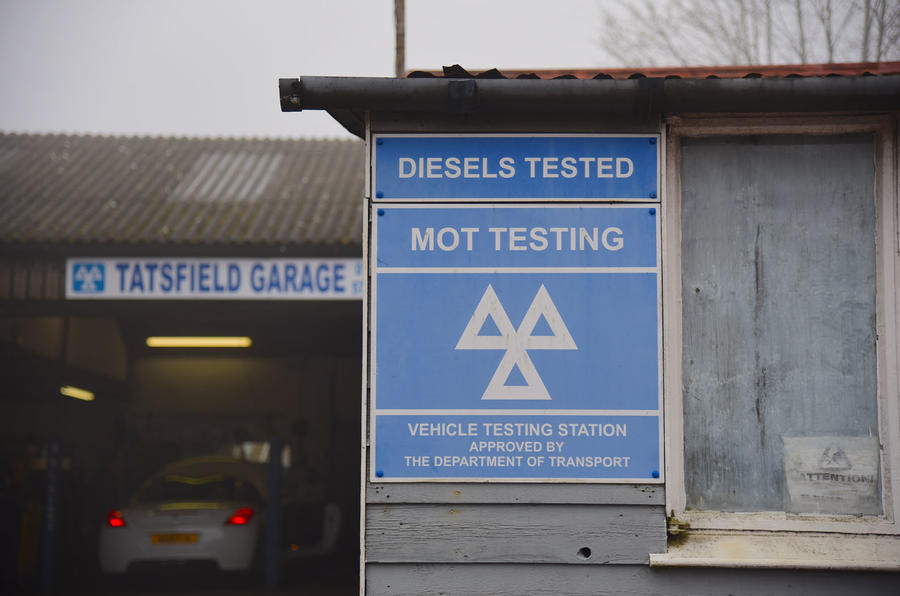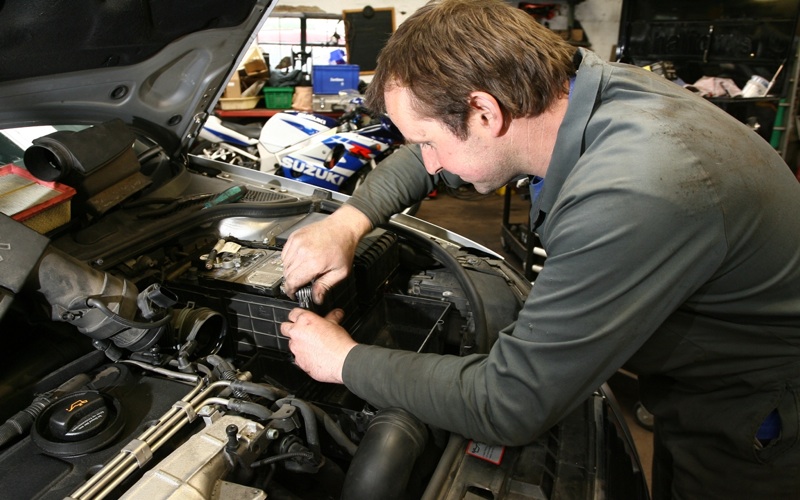BY: Karl Baker is Head of Halfords’ Mobile Expert.
I’ve seen research that shows that customer experience will be the most contested area for companies in the near future – even above pricing and products. Accelerated by the pandemic and the rise of same-day delivery, leaving the house for goods and services is no longer a consumer preference – in fact, for younger generations this way of operating is all they’ve known. For companies, that means taking services directly to their customers.

The tyre aggregator market, which essentially takes the tyre from buyer to distribution to customer service technician, is ripe for a digital makeover. Increased demand from consumers is driving change for those operating in the tyre aggregators market to significantly expand their service offerings and deliver on great ‘CX’. These aggregators already have the expertise, but they need to change their business model and shift their focus to the driveway of the customer.
But it’s having the right software that will make the provision of at home servicing more realistic than ever.
Time to listen to your customers
Implementing a nationwide motor servicing programme isn’t a process that can take place overnight – take it from us at Halfords. With a clear vision and a plan backed with consumer data, organisations, will need to be flexible in their route to market. We didn’t have any mobile servicing vans in 2017, but it was demand from customers that saw us introduce the service.
Companies will need to calculate the economics of going to market, evaluate the best course of action and whether partnering with another business would be beneficial. But before all else, organisations will need to understand the market they are targeting – this will mean getting to know consumer needs and expectations, to ensure they are accommodated. Ignoring these consumer preferences will be at an organisation’s own peril – 48% of consumers say they would only be inclined to buy from organisations that offer their preferred options.
Consumers take it personally
From a consumer perspective, the ability to truly understand what a brand can bring has a positive impact on the customer experience. The notion of personalisation, instead of going to a shop, is a valued brand trait for consumers.
So, when we’re talking about delivering mobile services in the automotive industry, investing in technology will be crucial, but the potential benefits will be worth it. It’s all about improving productivity at the point of service. With the use of modern software, such as Avayler, (which is owned by Halfords) technicians can benefit from route optimisation – a tool that ensures technicians reach their jobs, on the quickest, most efficient route and most importantly, on time.
When done correctly, route optimisation can also lead to enhanced profitability, enabling technicians to attend more jobs, with lower mileage and with the confidence of correct timings. When combined with the provision of electric or hybrid vans, the track to greener operations is also in sight – another brand value that will be highly sought after by consumers.
Pricing jobs is key to profitability – and depends on how much consumers want to spend
And with mobile service margins razor sharp, tyre aggregators will need to balance this customer convenience against operational profitability. Dynamic pricing is one strategy that utilises variable prices, rather than fixed ones. In the tyre aggregators market, supporting software can facilitate this pricing strategy at the consumer booking stage. In the case of the tyre aggregator market, prices may depend on the distance of the consumer’s house or workplace, compared to the closest technician or van that is out on a job, or maybe the availability of spares.
Additionally, consumers can book their slot dependent on a time that suits them – naturally, peak times will cost the consumer more, and off-peak will be at a reduced rate, leaving the ultimate pricing decision in the consumers hands, but managed by the aggregator.
Let your software keep you from over-servicing
Getting closer to the customer, can mean big rewards – but only when done correctly. A shortage of workforce is no breaking news story but having enough colleagues is fundamental, and currently demand in the market is very high. Organisations should be sure to only take on as much business as they can handle as not to compromise delivering good CX.
To help manage increased demand, software systems can allow organisations to release the number of jobs feasible for the number of technicians available, and in accordance with making a healthy profit. When this job optimisation is integrated with dedicated field service software, such as Avayler, companies are actually able to make twice as many jobs possible as competitors through increased productivity and condensed technician routes – benefits that have only been made possible by the supporting software.
Putting the right vans and right technicians on the right road
Software is ready and waiting to help tyre aggregators make the mobile shift. Dynamic routing, pricing and time slots help technicians complete jobs on time and the first time – instilling consumer confidence within the brand. With the information that comes off the back end of systems, organisations can have better control and management over the visibility of their vans, technicians and customers.
The solution to cracking the mobile market rests on investing in the right people and systems to make it work. Done correctly, organisations just like us at Halfords, will be able to reap the revenue and brand loyalty rewards associated with being a top motor service provider.











Go to comments